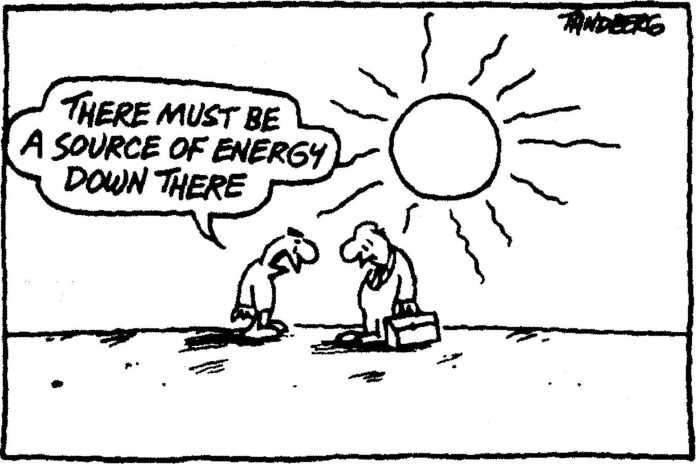We have been looking at solar arrays and inverters since before this project began. Dustin, being a techie is always looking for new electronics to play with… but mostly to take apart and see what’s inside. We’ve never really had a place to put a solar array so we’ve never purchased one. Fortunately the time has come to get serious about looking for a setup and Dustin is eager to open the inverter.
Solar arrays, as you are well aware, are pricey. They have come down an insane amount over the years but it is still quite the investment. The systems we have priced range roughly $2500-3500, and this is without the batteries. Since everyone likes saving money, we start doing research on tax credits. Years ago we knew of a tax credit for first time home buyers wanting to purchase solar, but we didn’t own a home and now we do.
But wait… does a “motor home” qualify as a home? READ ON!
What types of solar electric systems qualify for the 30% Federal Tax Credit?
- ANY complete solar power package, for home or business.
- Product purchases that expand your existing solar power system and include at least one solar panel.
- Solar System for RV and boat that has been accepted by the IRS as a second home for tax purposes.
Some Facts Regarding Eligibility of the Federal Tax Credit
- The home served by the system does not have to be the taxpayer’s principal residence.
- If the federal tax credit exceeds your tax liability, the excess amount may be carried forward to the succeeding taxable year.
- There is no ceiling on the tax credit.
- Applies to equipment AND installation costs.
- For Residential Renewable Energy Systems, use IRS Tax Form 5695 to report your expenses. (It can be used for any residence, not just your primary one.) Learn more about residential tax credits.
- Commercial systems have similar guidelines as residential systems but use IRS Tax Form 3468. Lean more about commercial tax credits.
Federal Tax Credits in effect through 2021
In December 2015, the Consolidated Appropriations Act extended the 30% credit for residential solar to the end of 2019. It then steps down over two years and expires completely at the end of 2021.
- 30% for systems placed in service by 12/31/2019
- 26% for systems placed in service after 12/31/2019 and before 01/01/2021
- 22% for systems placed in service after 12/31/2020 and before 01/01/2022
- There is no maximum credit for systems placed in service after 2008.
- Systems must be placed in service on or after January 1, 2006, and on or before December 31, 2021.
- The home served by the system does not have to be the taxpayer’s principal residence.
RVs and the Solar Federal Tax Credit
The law permitting the federal tax credit is 26 USC Section 25D. It says:
(2) Qualified solar electric property expenditure
The term “qualified solar electric property expenditure” means an expenditure for property which uses solar energy to generate electricity for use in a dwelling unit located in the United States and used as a residence by the taxpayer.And the IRS definition of “dwelling unit”:
A dwelling unit includes a house, apartment, condominium, mobile home, boat, vacation home, or similar property. It also includes all structures or other property belonging to the dwelling unit. A dwelling unit has basic living accommodations, such as sleeping space, a toilet, and cooking facilities.
Finally, is an RV considered a mobile home? For that we look to this US Tax Court memo 2014-160 on Jackon & Jackson v. Commissioner, page 14:
This Court has previously held that a motor home qualifies as a dwelling unit within the meaning of section 280A(f)(1)(A). See, e.g., Haberkorn v. Commissioner, 75 T.C. 259, 260 (1980); Dunford v. Commissioner, T.C. Memo. 2013-189, at *23-*24; Perry v. Commissioner, T.C. Memo. 1996-194, slip op. at 14.
Although we use the more modern term throughout this opinion, an RV and a motor home are one and the same thing. Petitioners and counsel used the two terms interchangeably at trial. Accordingly, petitioners’ RV is a dwelling unit for purposes of section 280A.
So there you have it. Using IRS form 5695 a skoolie, titled as a motor home qualifies for a 30% tax credit on a solar array. However, there is some fine print which reads…
THERE IS NO MAXIMUM ON THE CREDIT!! Spent $2,500 and get a $750 tax credit! Spend $10,000 and get a $3,000 tax credit! Now go forth and get dat free muniessss!!!

[amazon_link asins=’B009Z6CW7O,B00AQQAAQW,B00B8DR6KU,B00B33FNJ6,B01MTOUWGG,B01MTOV00P,B01MSNEMQ2,B01MTOUUSF,B01MTOUQLI’ template=’ProductCarouselCustom’ store=’sasquatters-20′ marketplace=’US’ link_id=’0ebb5ed1-3104-11e7-91f4-15b1c6c0fa60′]
[amazon_link asins=’B00GWCCG8Y,B00GWCEZ60,B013J5S4HS,B01MS9EI8Q,B01MUCN1WJ,B01DCNSVIO,B01DCTMAK8,B01DCU4M0S’ template=’ProductCarouselNoText’ store=’sasquatters-20′ marketplace=’US’ link_id=’0ebb5ed1-3104-11e7-91f4-15b1c6c0fa60′]
*Every individual’s tax situation is different. Please consult a tax professional to make sure your situation is applicable. The following is for educational purposes only and does not constitute legal advice.



